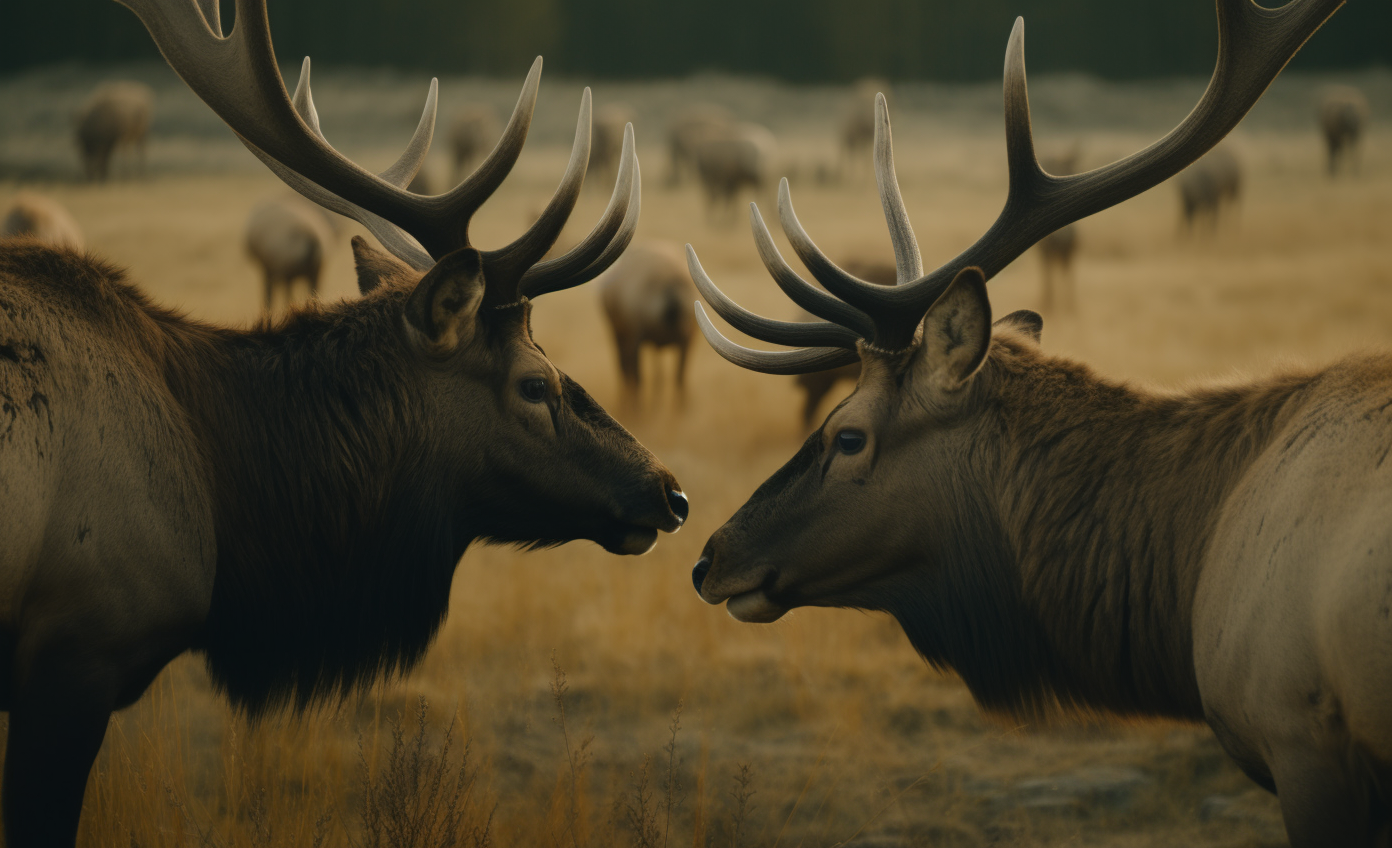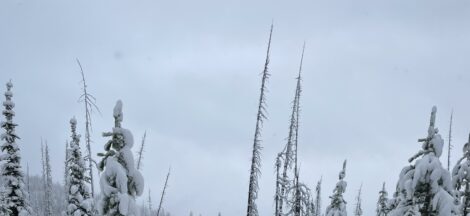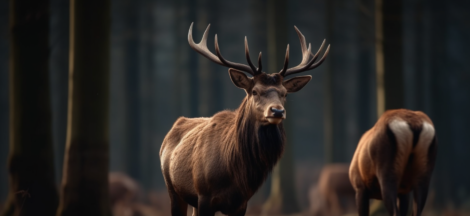A Love Affair with Elk: A Personal Journey
I still remember the first time I saw an elk up close. It was an early morning in the mountains, and the sun had just begun to peek over the horizon. The air was crisp and cool, and I could see my breath as I exhaled. I had been tracking the elk for hours, and finally, there it was: a massive bull, standing regally on the crest of a hill, its antlers glistening in the morning light. I was awestruck by its majesty and grace, and from that moment on, I was hooked. This began a lifelong love affair with elk and a deep appreciation for their conservation in North America.
Jump to The History of Elk in North America
Jump to Elk Conservation Efforts
Jump to The Role of Hunters in Elk Conservation
Jump to The Future of Elk in North America
The History of Elk in North America: A Tale of Triumph and Tragedy
Elk have roamed the North American continent for thousands of years. Indigenous peoples hunted them for food, clothing, and tools, but they always maintained a deep respect for the creatures and their role in the ecosystem. When European settlers arrived, the elk population was estimated to be around 10 million strong. However, the newcomers saw the elk as an abundant resource to be exploited, and they began hunting them in large numbers. Habitat loss and overhunting took a heavy toll, and by the early 1900s, the elk population had plummeted to just a few thousand individuals.
In response to this crisis, a concerted effort was made to restore elk populations. Early conservationists, including Theodore Roosevelt and George Bird Grinnell, played a crucial role in the establishment of national parks and wildlife refuges to protect elk habitat. Additionally, hunting regulations were put in place to ensure that elk populations could recover. Over the years, these efforts have paid off, and today, the elk population has rebounded to more than one million individuals across North America.
Elk Conservation Efforts: A Collaborative Success Story
Elk conservation has been a collaborative effort, involving government agencies, non-profit organizations, and private landowners. Some of the key players in this success story include the Rocky Mountain Elk Foundation (RMEF), the National Park Service, the U.S. Fish and Wildlife Service, and state wildlife agencies. Together, these organizations have worked tirelessly to protect and enhance elk habitat, reintroduce elk to their historic range, and manage their populations for long-term sustainability.
One of the most successful elk conservation initiatives has been the reintroduction of elk to their former range. In the late 20th and early 21st centuries, elk were reintroduced to several states, including Kentucky, Tennessee, and Wisconsin. These reintroductions have been incredibly successful, with elk populations thriving and expanding in their new homes. This has not only benefited the elk, but also the entire ecosystem, as their grazing and browsing habits help to maintain a healthy and diverse landscape.
Another vital component of elk conservation is habitat protection and enhancement. RMEF, for example, has been instrumental in protecting millions of acres of elk habitat through land acquisitions, conservation easements, and habitat improvement projects. These efforts not only ensure that elk have the necessary resources to survive and thrive, but they also provide countless recreational opportunities for hunters, hikers, and wildlife enthusiasts alike.
Public education and outreach are also critical to the ongoing success of elk conservation. By raising awareness about the importance of elk and their habitat, organizations like RMEF have helped to foster a culture of conservation among the general public, ensuring that future generations will continue to value and protect these magnificent creatures.
The Role of Hunters in Elk Conservation: Stewards of the Land
As a longtime hunter, I can attest to the vital role that hunters play in elk conservation. Hunters not only contribute financially to conservation efforts through the purchase of hunting licenses, tags, and stamps, but they also serve as stewards of the land, monitoring wildlife populations, reporting illegal activities, and participating in habitat improvement projects.
Responsible hunting practices, such as adhering to established hunting seasons and bag limits, help to ensure that elk populations are maintained at sustainable levels. This, in turn, allows elk to continue to play their important ecological role and provides opportunities for future generations of hunters to experience the thrill of the hunt.
As hunters, we must also recognize the importance of ethical hunting practices, both for the sake of the elk and for the future of hunting as a sport. This includes treating the animals we pursue with respect, taking only clean, well-placed shots to ensure a quick and humane kill, and utilizing as much of the animal as possible to minimize waste. By doing so, we can help to preserve the proud tradition of hunting and ensure that it remains a respected and valued part of our culture.
The Future of Elk in North America: Challenges and Opportunities
While the story of elk conservation in North America is largely a success story, there are still challenges to be faced in order to ensure the long-term survival of these majestic animals. Some of the key issues that must be addressed include habitat loss and fragmentation and disease.
Habitat loss and fragmentation continue to be major threats to elk populations. As human development expands into elk habitat, it can lead to a loss of crucial resources and create barriers that prevent elk from accessing their traditional range. In order to combat this issue, ongoing efforts to protect and restore habitat must continue, and land use planning must take into account the needs of wildlife as well as human populations.
In spite of these challenges, there are also many opportunities for continued success in elk conservation. Advances in technology, such as GPS tracking and remote sensing, have provided wildlife managers with new tools to monitor and manage elk populations more effectively. Additionally, the growing public awareness of the importance of wildlife and habitat conservation presents an opportunity to engage more people in the effort to protect and preserve elk and their habitat.
As a passionate hunter and conservationist, I am hopeful that, through our collective efforts, we can continue to ensure a bright future for elk in North America. Whether you are a hunter, a wildlife enthusiast, or simply someone who appreciates the beauty and majesty of these incredible animals, we all have a role to play in safeguarding their future. By working together, we can overcome the challenges that lie ahead and ensure that future generations will have the opportunity to experience the thrill of seeing an elk in the wild, just as I did on that unforgettable morning so many years ago.
So, as you venture out into the great outdoors, whether it’s to hunt, hike, or simply take in the breathtaking beauty of nature, remember the story of the elk and their remarkable journey from the brink of extinction to the thriving populations we see today. Let this serve as a reminder of the power of conservation and the responsibility we all have to protect the wild places and creatures that make North America so special.
May your outdoor adventures be filled with memorable encounters, awe-inspiring landscapes, and a renewed appreciation for the natural world and the magnificent elk that call it home.





 Archery vs. Rifle: Choosing the Right Elk Hunting Method for You
Archery vs. Rifle: Choosing the Right Elk Hunting Method for You